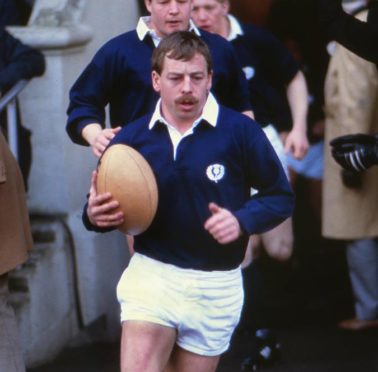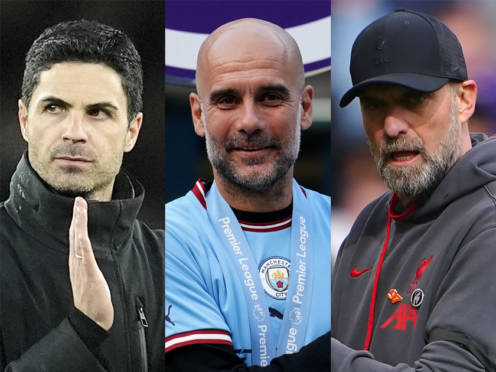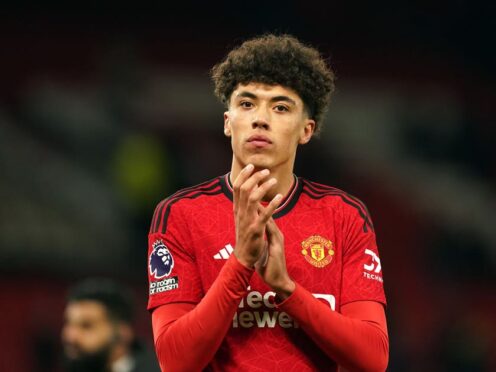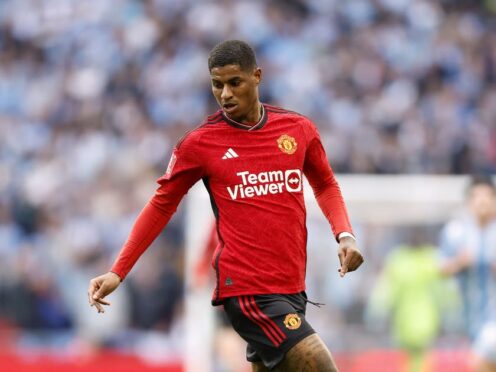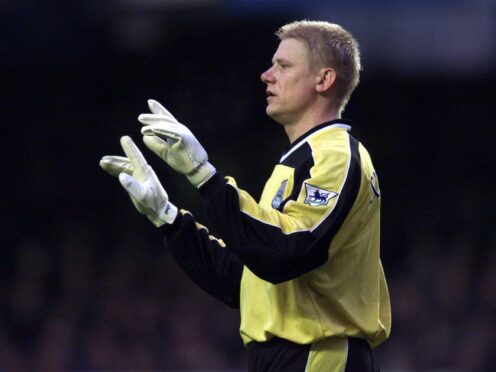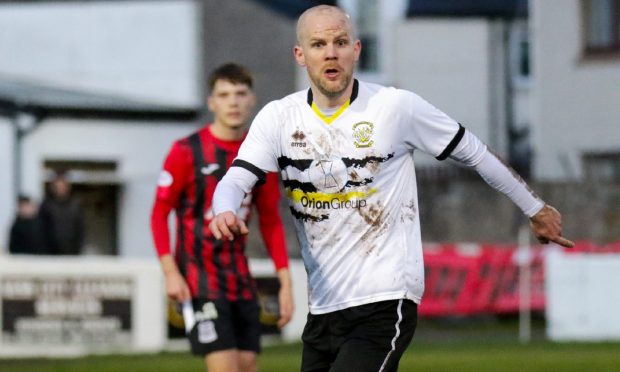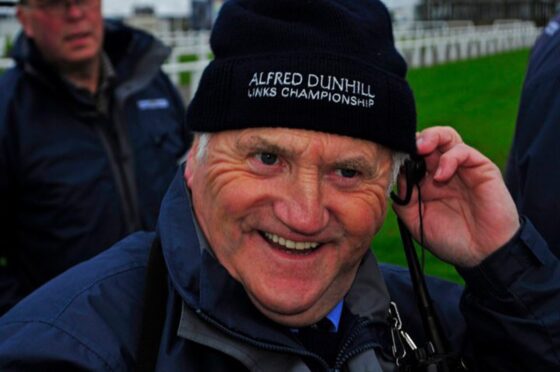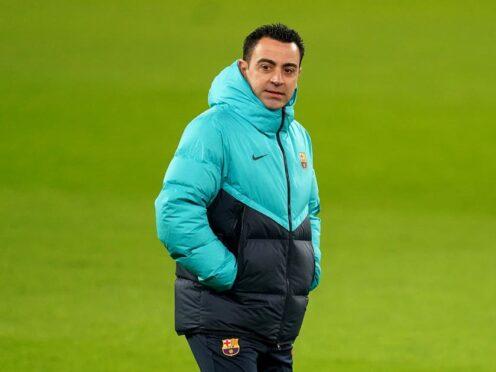Even now, the intensity of the training session was unforgettable: coaching colossus Jim Telfer putting his Lions through the wringer as they prepared for the series against South Africa in 1997.
Cape Town is a beautiful city, but none of the British and Irish forwards were looking at the scenery as they flung their bodies into ruck after ruck and scrum after scrum. The physicality of it was unrelenting and Telfer’s tactics paid dividends when the tourists beat their opponents – the reigning world champions – 2-1 in a brutal trio of Tests.
However, you didn’t need to be a medical expert to wonder about the damage caused by all those collisions on the players’ heads and bodies as they were pushed to the limit.
In which light, the news that international stars such as England World Cup winner Steve Thompson has been diagnosed with dementia at the age of just 42 offers a stark reminder of how rugby is facing a tidal wave of negligence claims in the future.
Already, eight players, under 45, who are suffering early onset dementia and probable chronic traumatic encephalopathy, have confirmed plans to launch legal action against World Rugby, the WRU and the RFU, and there’s an overwhelming sadness at learning that Thompson no longer recalls the details of his World Cup success in 2003, but also struggles to remember the names of his wife and children.
Dramatic rise in tackling in rugby
In recent days, we have heard a lot of soul-searching from experts, but nobody can argue with the statistic which shows there has been a 266% rise in the number of tackles per game between the inaugural World Cup in 1987 and the most recent tournament last autumn. Professionalism has brought in its wake heavier, bulkier performers whose impact is inevitably greater than it used to be.
But what’s the best way to address the issue? Rugby has devised stringent Head Injury Assessment protocols to deal with players affected by concussion and experienced medical staff assess every case which happens on the international circuit.
Anybody who commits reckless challenges or high tackles on the field can expect to be red-carded and face a lengthy ban. And officials and citing commissioners now have access to video technology which simply didn’t exist 20 years ago.
Yet, while the game has advanced in some ways, it is still a dangerous environment and especially given the increasing demands being placed on rugby’s elite performers, who are facing a relentless schedule in 2021, including European competition, the Six Nations, another Lions sojourn to South Africa and a packed autumn Test programme.
It’s easy to limit the number of appearances for players in Scotland, where the SRU runs Glasgow and Edinburgh. But, in England and France, clubs pay their players’ wages and are entitled to have access to them, so where do you draw the line?
Rutherford talks about “devastating” news for Thompson
I spoke to Scotland legend John Rutherford at the weekend and he told me that he wasn’t surprised dementia has become a major talking point in rugby. After all, he has spent recent months watching his former teammate and close friend, Roy Laidlaw, battle with the debilitating effects of the same condition.
As he said: “It’s devastating for Steve and his family. He’s far too young to be dealing with such a horrible illness.
“I’m in touch with Roy regularly and I know how concerned he is about the future.
“When I played [in the 1980s], there didn’t seem to be as many head injuries as there are nowadays and I believe this is for two reasons. Firstly, the game now is played by bigger, stronger players and there is no doubt the collisions are greater.
“Defences are fierce and there is a huge emphasis on dominant tackles. The breakdown is a ferocious area, where players can launch themselves at opponents in attack or defence and it’s no surprise that so many players are getting injured.
“Secondly, there wasn’t the same ‘on field’ management of head injuries as now. Of course, players received head knocks, but we were not asked to leave the field for HIAs. But, in my experience, the medics of that era were equally concerned and diligent.”
Could helmets be the answer?
The reality is that no sport can be entirely safe and particularly given the coruscating, close-contact nature of modern rugby. Even with all the best of intentions and protocols, there will be further occasions where top-class players end up facing a similar plight to Thompson, Laidlaw and the others.
Nor does there seem to be any enthusiasm for introducing the same protective measures in the union code as American Football. Would it really be too much of a shock to the system for Test players to wear helmets? It sparked criticism in cricket at the outset, but nowadays, we take them for granted. Why not in rugby?
However, Rutherford almost spluttered at the suggestion and said: “I could never see the time when rugby introduced American Football-style helmets.
“The authorities are very aware of the concussion issues and the potential of legal claims and the lawmakers will continue to make the game safer, for example keeping tackles below neck height and having heavy sanctions for offenders.
“I’m sure there is also much debate around the breakdown on how to make it safer.”
Let’s hope that he is right. But unfortunately, it won’t be much consolation to the Thompson family this Christmas.
